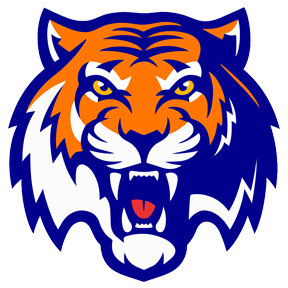Christian Values
The students learn that God is our Father (Isaiah 40:28-29), Jesus is God’s Son (John 3:16), Jesus is the Savior of the World (John 14:6), and God sent a Helper- the Holy Spirit (Acts 1:8), The Students learn the Bible is the True Word of God (Psalm 119:160), and to tell others about the Good News (Acts 22:15). The students are also taught that God has something special for each and every one of them. “We are all fearfully and wonderfully made.” (Psalm 139:14).
The students are read stories from both the Old and New Testaments, and learn many Christian worship songs. The stories told from the Bible teach the students about faith, hope, and most importantly about God’s love. The stories in the Bible are also used to help build good character in the students. The gospel of Jesus Christ is told to encourage salvation. Along with the worship songs, the National Anthem, God Bless America, pledges to the American flag, the Christian flag, and the pledge to the bible are all sung and recited daily. |
Language Arts
Language Arts is everything that has to do with reading and writing. It involves the development of letter recognition and letter-sound relationships (phonics). It involves listening for patterns and rhythms in words (phonemic awareness) Language Arts involves listening skills, dramatic skills, and the appreciation of a good book! Developing Language Arts in preschoolers is key to fluent reading skills later in school. |
Math
The students learn about numbers, rote counting patterns, classifying, sorting, important number concepts, exposure to simple algebra, addition, subtraction, spatial relationships, shapes, sequence, and counting the days on the calendar daily. These are all an important part of developing your child’s math. |
Science
Science is the concept development in the physical and natural environment. The students will learn about God’s wonderful world through experimentation that includes animals, plants, seeds, water, cooking, weather, colors and space. These all provide natural springboards for learning in the classroom. |
Social Studies
The students learn about the world around us from our own community to other places outside the community through subjects such as transportation, holidays, seasons, different cultures, famous people, important careers that benefit our society, and important jobs in our community (Community Helpers). The students learn to recognize their interdependence with all creation and respect relationships among other, regardless of differences.
The students learn about the world around us from our own community to other places outside the community through subjects such as transportation, holidays, seasons, different cultures, famous people, important careers that benefit our society, and important jobs in our community (Community Helpers). The students learn to recognize their interdependence with all creation and respect relationships among other, regardless of differences. |
Art
The students will develop their creativity through creative activities such as finger painting, coloring, cut and paste, sponge painting, beading, lacing free hand drawing, easel painting, water colors, chalk drawing, sand painting, tissue paper art, and so on. These are only a few examples. The one thing we always keep in mind and would like for you to do the same is to remember it’s the process not the product that’s most important! |
Physical Education
The students are involved in physical exercise every morning in a variety of forms such as jump rope, music and movement, baseball, catch, balance beams, hopscotch, exploration, bean bag throwing games, parachute, obstacle-coarse, social games such as Duck, Duck, Goose, The Farmer and the Dell and many more games. The purpose for these organized activities is to help the students with the development of their large motor skills, as well as their social skills. The students also learn how to follow directions by their teachers when given instructions, and they learn the art of waiting for their turn. There’s no better way to learn patience and structure than through fun and games! |

